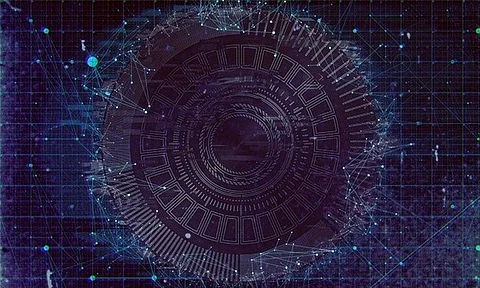

Cloud security is a cybersecurity discipline meant to secure cloud computing systems, including maintaining data privacy and safety across online-based applications, infrastructure, and platforms. It's a combination of technology, best practices, and protocols that safeguard cloud computing environments, the data stored in the cloud, and apps running there.
Cloud security enhances organizational flexibility, improves data security, and promotes disaster recovery. All cloud security measures aim at enabling data recovery in data loss cases, protecting networks and storage from malicious data theft, deterring negligence or human error that results in data leaks, and reducing any system or data compromise impact. This article outlines seven tips for securing your cloud system.
Cloud infrastructure entitlement management, CIEM, is a cloud security solution with specialized identity-centric SaaS solutions centered on cloud access risk management through administration-time controls for entitlement governance in multi-cloud and hybrid IaaS. This tool's primary goal is to mitigate the risk of unchecked and unintentional allowance of excessive authorizations to cloud resources. CIEM will help your business manage entitlements throughout its cloud infrastructure resources.
CIEM helps you manage access to ephemeral resources, reduce excess access permissions to the cloud, gain clarity in access management, track and discover access risks, and more. Investing in CIEM offers access governance and tracking across multiple clouds to a central SaaS solution. It also offers dashboards for leveraging ML/AI for risk evaluation and identification, management, and unifying a company's approach to access across all clouds.
The standard password and user combination isn't usually enough to safeguard your user accounts from hacking. Stolen credentials are one significant way hackers gain access to your business applications and data. Upon getting your user credentials, hackers can log onto all the cloud-based services and applications you use daily to operate your business. With multi-factor authentication (MFA), you can safeguard your cloud system by ensuring that only authorized persons can log onto your business's cloud apps and gain access to the sensitive data within or without your premise environment.
User access-based threats may occur in two ways. Firstly, the malicious account hacking external threat where attackers jeopardize access credentials in their attempts to take charge of cloud accounts and manipulate applications and data. Secondly, the internal threat from your staff is mostly unintentional. Hardened access control is the best security solution for these threats.
Everyone with permissions to your cloud resources should undergo a screening process, apply MFA, and you should limit access to only the required data and applications. Promptly deactivate former staff accounts and ensure frequent cloud data backup and encryption.
Your cloud service provider choice can significantly impact your cloud security infrastructure and how the shared responsibility model is implemented. When selecting a cloud service provider for your business, ensure they comply with industry standards and best practices and that their technologies tally with or support your current environment and cloud objectives. Understanding your business's specific requirements and expectations enables you to assess potential cloud service providers against a checklist and not each other.
Pick a provider who meets most if not all your selection criteria, especially security. Look at their security measures to ensure they align with your cloud security goals. Consider how the provider's architecture will incorporate into your workflows right now and in the future. Don't forget about support and the cost of acquiring the service provider. Read reviews to see how other organizations rate them.
Real-time end-user activity tracking and analysis is an excellent way to detect irregularities deviating from standard usage patterns. Using automated solutions such as intrusion detection and response, endpoint detection and response, and vulnerability scanning and remediation, you can monitor and manage end-user activities to spot any unusual occurrences and act on time, securing your system.
For instance, log in from an unknown device or IP address. These unusual activities could mean a breach in your cloud system. This is why catching them in advance is crucial to fixing your security concerns before escalating and stopping cybercriminals in their tracks.
Cloud system testing is crucial to determining how well your cloud performs in line with its security structure. With the help of an ethical hacker, you can identify security issues in your cloud system and other storage spaces. Should there be cause for concern, they'll offer you suggestions to address the arising issue, ensuring a secure cloud system.
A shared responsibility model refers to a cloud security structure dictating the security obligations of cloud service providers and their users to guarantee accountability. Since the cloud security responsibility is shared between two parties, it's vital to know how the obligations are shared based on the particular cloud model, including IaaS, PaaS, or SaaS, and the provider. Understanding the security tasks you're responsible for enables you to do what you ought to secure your cloud system.
Cloud system security is vital for the success and growth of your business. Use these tips to secure your cloud system.
Join our WhatsApp Channel to get the latest news, exclusives and videos on WhatsApp
_____________
Disclaimer: Analytics Insight does not provide financial advice or guidance. Also note that the cryptocurrencies mentioned/listed on the website could potentially be scams, i.e. designed to induce you to invest financial resources that may be lost forever and not be recoverable once investments are made. You are responsible for conducting your own research (DYOR) before making any investments. Read more here.
